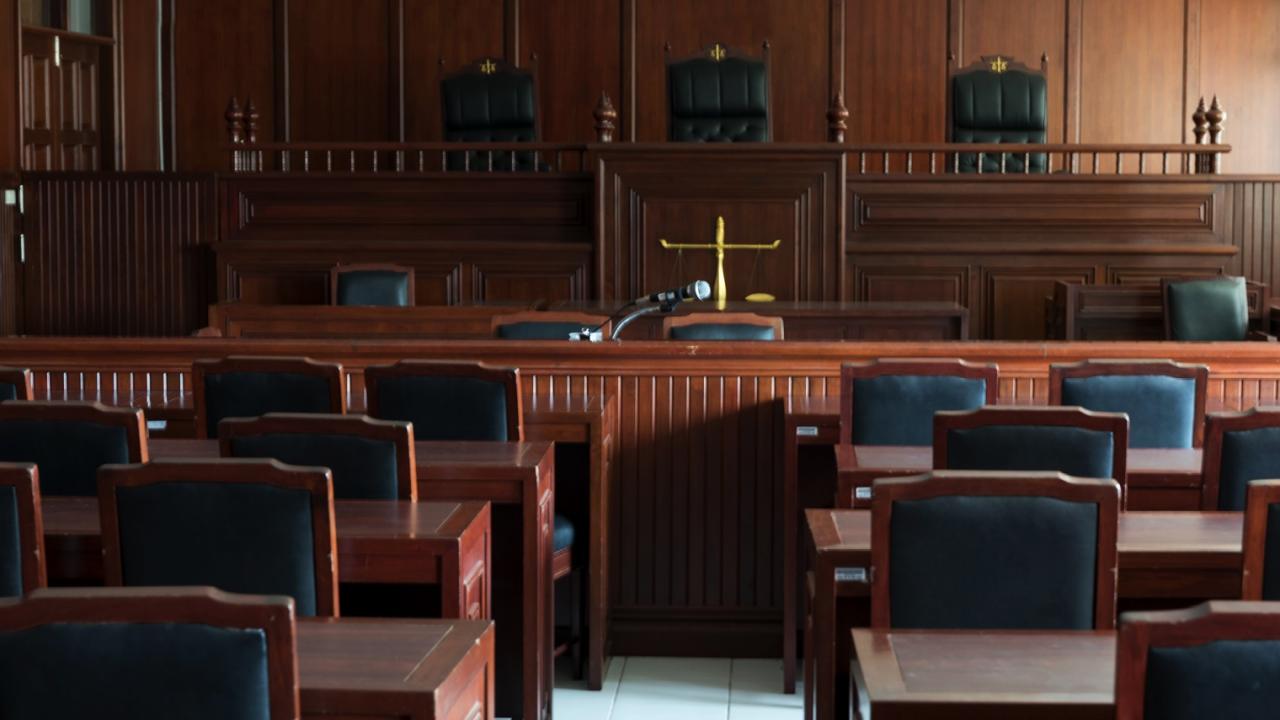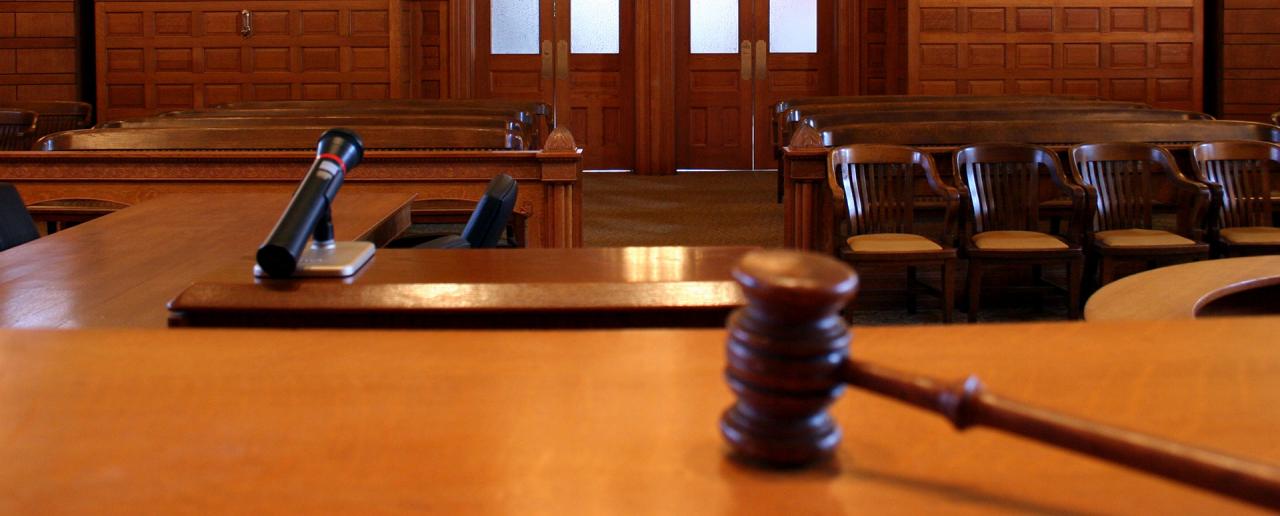What precedes the consideration in court of a civil case
In most cases, lawyers and the judge reach an agreement in advance of the trial (most often at pre-trial meetings) on which issues are considered moot, requiring a jury decision, and which issues are not moot.
Both sides disclose the names of the witnesses they intend to call and generally exchange information about the testimony and evidence they intend to use during the trial.
However, the fact that they agree on these issues before the start of the trial does not mean that they reach an agreement on what decision should be made in the case to be considered. They meet sooner in order to avoid wasting time discussing irrelevant issues during the trial.
In the process of providing documents to the court before the start of the trial, lawyers seek to learn as much as possible about the position of their opponents.
They get acquainted with the documents and talk with people who know something about what happened. If lawyers have carefully prepared for the trial, they will not be taken by surprise by the answers of the witnesses of the opposite side to the questions asked.

One of the main rules that trial lawyers follow is: “Don’t ask a question if you don’t know what the answer will be.” Lawyers and witnesses from both sides are preparing for the trial, working out possible questions and answers. Often, this preparation for litigation results in both parties agreeing to settle their differences out of court.
What precedes the trial of a criminal case
Before a criminal trial begins, a good defense lawyer conducts his own thorough investigation of the facts of the crime: he talks with witnesses, visits the scene of the crime, carefully examines the material (physical) evidence.
An important element of this investigation is the establishment of the lawful receipt of evidence and evidence that the public prosecutor intends to use in the course of the trial. The 4th Amendment to the country’s Basic Law prohibits unreasonable searches and seizures of physical evidence.
To reinforce this provision, the Supreme Court ruled that illegally obtained evidence cannot be used in legal proceedings.
For example, if the police seized some physical evidence from the defendant’s home without a search or seizure warrant, the defendant’s attorney may ask the court to determine whether the evidence can be used as evidence in a lawsuit.
The court then discusses the validity of the search in the particular circumstances. If he comes to the conclusion that the main evidence was obtained illegally, the public prosecutor may drop the charge.
However, if the public prosecutor has sufficient evidence and the court recognizes that they were obtained legally, the defendant, in order not to go through all the ordeals of the trial, may agree to plead guilty.
Jury selection.
If the parties have expressed preference in favor of a jury trial, then the trial begins with the election of jurors. The procedure for selecting juries is set out in congressional-approved laws and regulations approved by federal courts.
First of all, citizens are selected who have the opportunity to attend court sessions to perform the functions of jurors. The selection is made randomly from among all registered voters in the county or from lists of drivers’ license holders. Then, in each individual case, the judge and lawyers choose specific individuals as members of the jury.
During the selection process, the judge, and sometimes lawyers, ask future jurors questions in order to find out if they can be objective in making a decision on the case under consideration.
This process is called a jury interview (vior dire is a legal term meaning “to tell the truth”). The judge may reject candidates on the basis of their statements that they are not able to be impartial because they are familiar with one or another party in the process or favorably disposed towards one of them.
Lawyers have the right to reject candidates without any explanation of the reasons for the rejection.Opening statements.
After the selection of the jury, the lawyers of both parties make opening statements, the purpose of which is to enable each of the parties to acquaint the members of the jury with their point of view on the case under consideration.
Each of the lawyers also acquaints the jury with the evidence and arguments in favor of his client.

Direct and cross examination
The direct examination of the evidence begins immediately after the opening statements. First, the public prosecutor or the plaintiff’s lawyer interrogates their witnesses.
Interrogation by lawyers of the witnesses invited by them is called direct interrogation. After direct examination of the witness for the prosecution or the plaintiff, the defendant’s defense counsel also has the opportunity to ask him questions.
This process is called cross-examination. If, after cross-examination, counsel for the plaintiff expresses a desire to ask a few more additional questions to the witness, he has the right to do so during additional direct examination, which may be followed by additional cross-examination by counsel for the defendant.
After the examination of the plaintiff’s witnesses is completed, the court proceeds to the examination of defense witnesses, following the above procedure.
Sometimes the judge and attorneys for both sides may confer in the judge’s seat, out of earshot of the jury. At such meetings there is a clerk who takes the minutes of the court session.
Such meetings may also take place in judges’ offices. The subject of discussion at such meetings is often the question of the admissibility of certain testimonies.
The Court considers the presence of jury members at such meetings inappropriate, since the latter may hear there information that cannot serve as evidence, but may cause them a reprehensible attitude in favor of one side or another.
